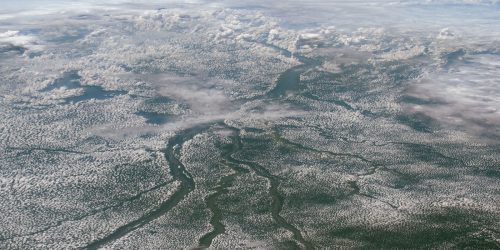In a changing climate, the intensity, duration, and frequency of droughts may change. This poses new challenges for drought assessment. To discuss these challenges, the CPO-led National Integrated Drought Information System (NIDIS) and the U.S. Department of Agriculture (USDA) Climate Hubs co-hosted the Drought Assessment in a Changing Climate Technical Working Meeting on February 28–March 1, 2023. The outcomes of the meeting directly informed the development of the new report, Drought Assessment in a Changing Climate: Priority Actions and Research Needs, which highlights priority actions and research questions to improve drought assessment across fifteen focus areas.

The report offers a rich collection of ideas for action and research that federal, tribal, state, local agencies and academic institutions can advance. It captures the ideas and feedback of more than 100 subject matter experts from over 44 institutions across the drought research and practitioner communities. This report includes a state of the science overview on drought in a changing climate and identifies some of the most pressing and strategic areas of research and action to advance the knowledge and understanding of drought assessment.
Key Points:
- Climate change is causing the probability of extreme events, like drought, to change, a phenomenon known statistically as “non-stationarity.”
- Challenges include identifying the differences between permanent change (e.g., long-term trends towards wetter or drier conditions) and temporary anomalies from normal conditions (e.g., drought).
- Changes in how we assess drought could impact disaster relief and adaptation programs and inform future policy.
- To improve drought assessment, the report identifies priority actions and research questions organized around 15 focus areas.
In addition to describing how a changing climate is impacting drought assessment, the report identifies priority actions and research questions organized around 15 focus areas. The areas of research and action discussed include:
- An emphasis on equity and justice in our investments in drought monitoring, observational networks, and assessment products
- Improved understanding of how drought indicators relate to potential future impacts on the ground
- Improved descriptions of how non-stationarity should shape our expectation for future water demands and drought frequency, intensity, and duration
- Improved understanding of the utility and application of drought assessments for decision-makers as they manage drought risks
- A holistic view of drought risk that combines physical information about water resources with an understanding of different communities’ exposure and vulnerability.









